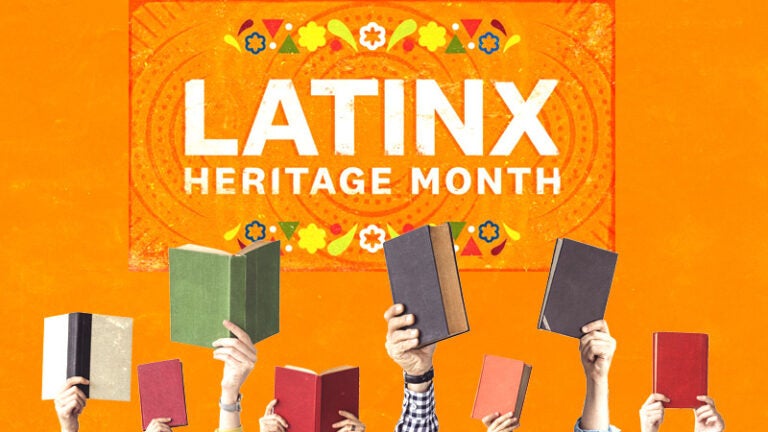
2 MacArthur Fellows recommend readings and video for Latinx Heritage Month
First introduced in 1968 as a one-week commemoration by U.S. Rep. George Brown, and signed into law by President Lyndon B. Johnson, what was originally known as Hispanic Heritage Month was expanded to 30 days by President Ronald Reagan in the late 1980s.
Spanning the period from Sep. 15 to Oct. 15, the celebration recognizes the contributions, history, culture and values of Americans whose ancestry traces back to countries in Spain, Mexico, the Caribbean and Central and South America.
Natalia Molina, Distinguished Professor of American Studies and Ethnicity at the USC Dornsife College of Letters, Arts and Sciences, studies race, citizenship and belonging among immigrant groups in the United States. Josh Kun, professor of communication and American studies and ethnicity at USC Annenberg School for Communication and Journalism and USC Dornsife, studies how arts and popular culture are conduits for cross-cultural exchange.
Molina and Kun’s studies have garnered extensive recognition, including prestigious MacArthur Fellowships — commonly referred to as “MacArthur genius grants.” They recommend six artistic works to celebrate Latinx Heritage Month, several of which are produced by their fellow USC Dornsife faculty members.
Natalia Molina
Distinguished Professor of American Studies and Ethnicity at USC Dornsife and author of the forthcoming A Place at the Nayarit: How a Mexican Restaurant in Los Angeles Nourished Its Community
A refrain you’’l hear from the Latinx community is that we are not a monolith. More than 60 million Latinx Americans and immigrants in the U.S. hail from over 20 Latin American countries. We may or may not share the same language, religion, history and cultures. As someone who writes about how “place” shapes our ideas about “race,” I am fascinated by seeing how even in one place, Los Angeles, Latinx identity can vary by zip code. As such, I’m reading:
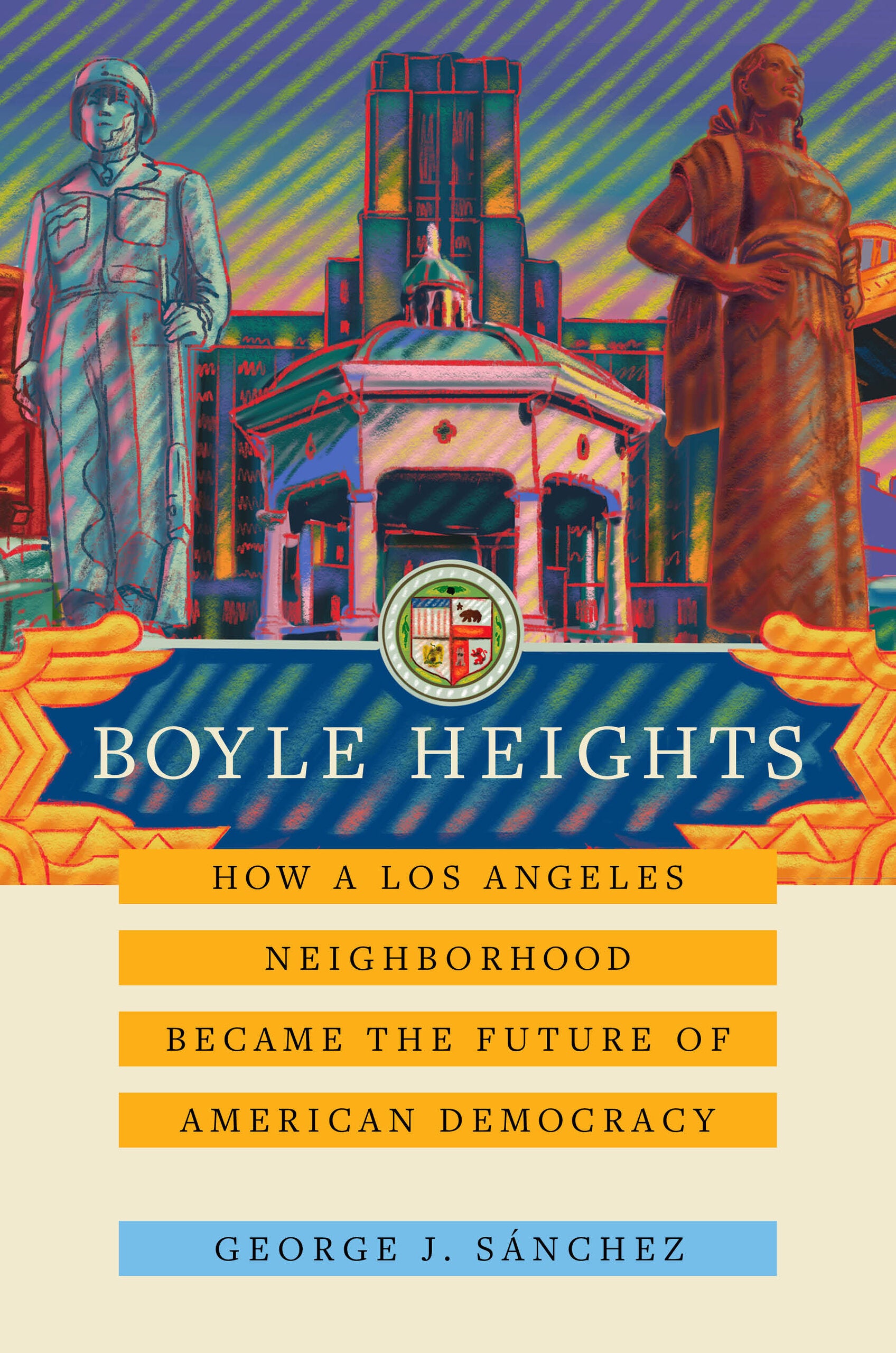
Boyle Heights: How a Los Angeles Neighborhood Became the Future of American Democracy (University of California Press, 2021) by George J. Sánchez, professor of American studies and ethnicity and history
What Vin Scully did for baseball and Jonathan Gold did for food, Sánchez does for the history of L.A. itself. In this passionate, powerful and beautifully written work, Sánchez shares the story of Boyle Heights and shows how people’s connection to community and neighbors can transcend time and historical change. Boyle Heights is a love letter to a vibrant, sometimes fragmented, yet deeply interconnected metropolis.
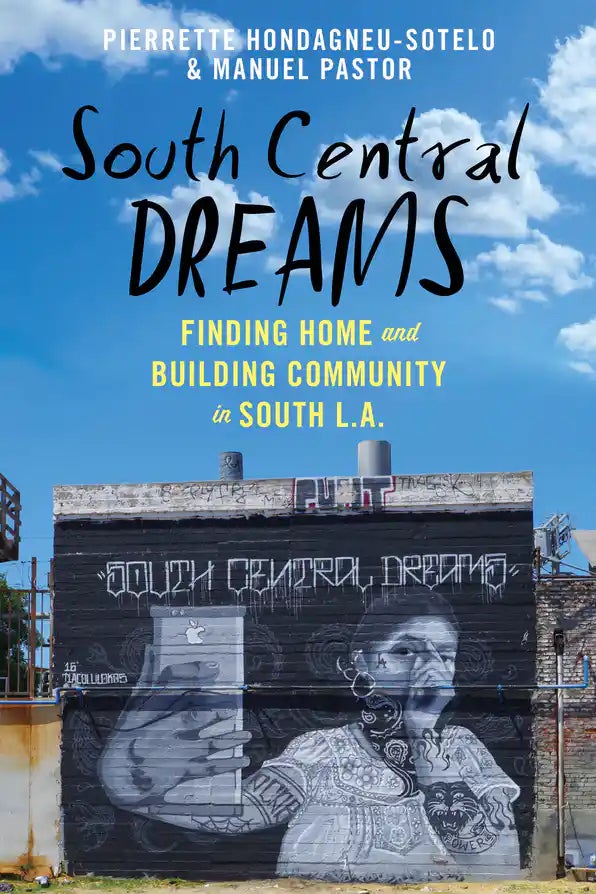
South Central Dreams: Finding Home and Building Community in South L.A. (NYU Press, 2021) by Pierrette Hondagneu-Sotelo, Florence Everline Professor of Sociology, and Manuel Pastor, Distinguished Professor of Sociology and American Studies and Ethnicity and Turpanjian Chair in Civil Society and Social Change
Two of our most esteemed scholars of immigration have given us a new paradigm for how to think about race, place and identity. This book takes a deep dive into the lives of first- and second-generation Latinx immigrants as they shape home and identity alongside their Black neighbors in South L.A. Rather than retelling the classic narrative of immigrant assimilation, this book shows the tensions and negotiations that go into making home in a multiracial community and the power of shared struggle. The authors’ relational perspective allows them to explore the ways Latinx identity is shaped by Blackness and gives us new insights into how people set roots, find friends and forge identities around urban anchors like community gardens, parks and neighborhood markets.
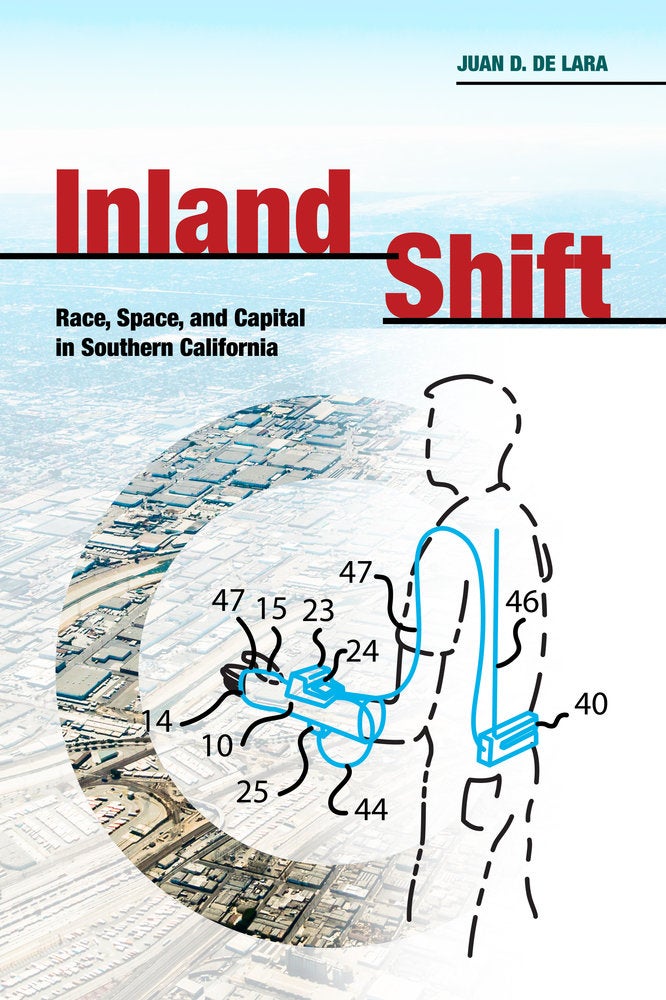
Inland Shift: Race, Space, and Capital in Southern California (University of California Press, 2018) by Juan D. De Lara, associate professor of American studies and ethnicity
Who didn’t purchase from Amazon during the pandemic, what with fear of the unknown of how the virus spread and lockdown orders? You will not be able to look at your one-click purchase the same after reading this book. Our quick deliveries are made possible by transformations in global capitalism that have a deep impact on our local communities. Through an examination of Latinx communities in Inland Southern California, De Lara sheds light on the major issue of our time, including labor conditions, housing shortages and workers’ campaigns to fight back.
Josh Kun
Professor of Communication and American Studies and Ethnicity at USC Dornsife and Chair in Cross-Cultural Communication at USC Annenberg School for Communication and Journalism, and author of Audiotopia: Music, Race, and America

The Undocumented Americans(One World, 2020) by Karla Cornejo Villavicencio
A disarming, powerfully written and stunningly original exploration of undocumented life in the contemporary U.S. This is obviously not the first book about undocumented America, but it is definitely the first of its kind, a raw first-person investigative riff delivered in a singular voice, one shaped by hard-won wisdom and unflinching attitude.
A Serenade for the Undocumented by Josh Kun, La Santa Cecilia and La Marisoul
In 2017, I wrote a story about the L.A. day laborer band Los Jornaleros del Norte. Last year, it became a beautiful short film, featuring the band La Santa Cecilia and singer La Marisoul.
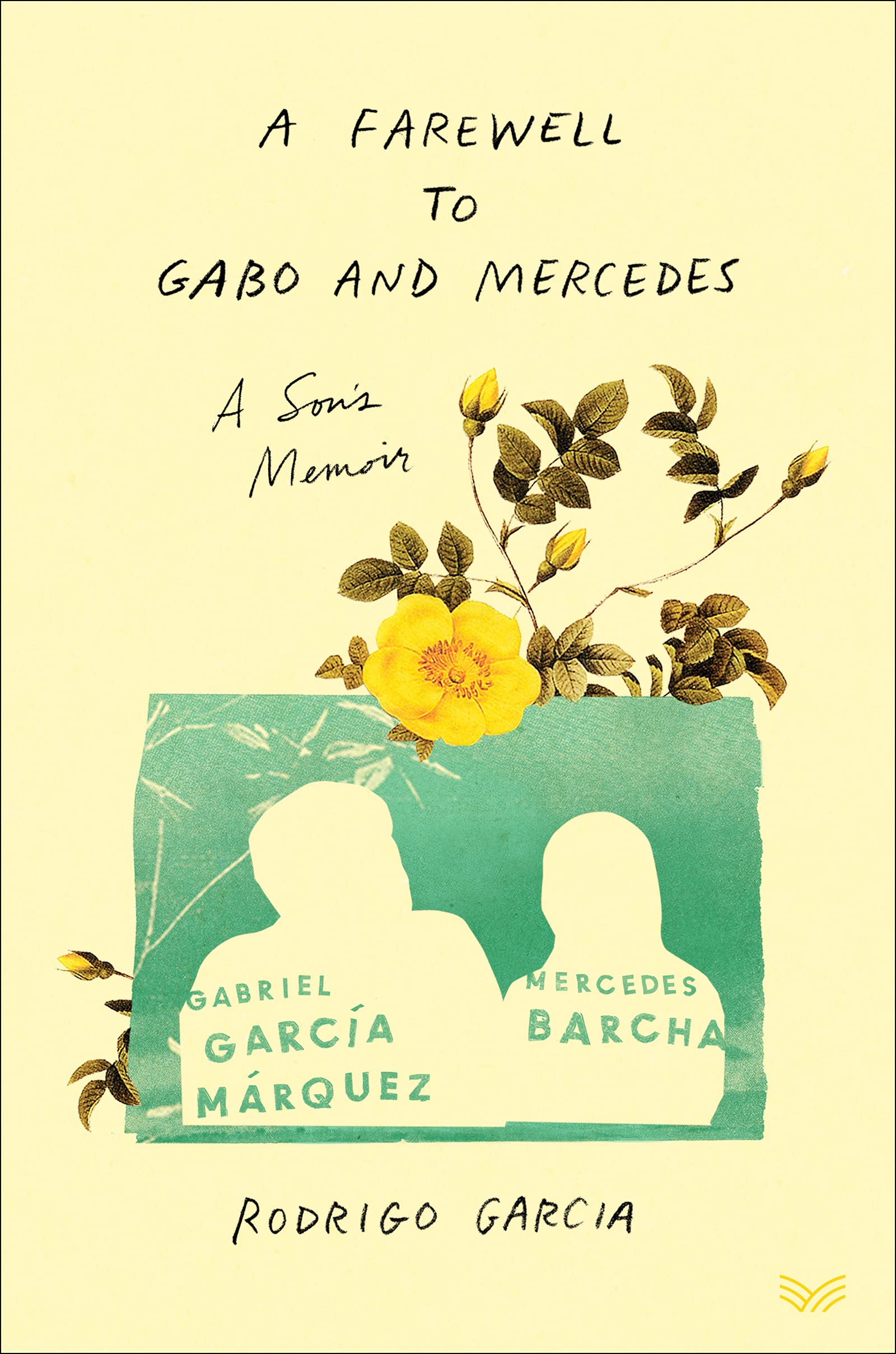
A Farewell to Gabo and Mercedes: A Son’s Memoir (HarperVia, 2021) by Rodrigo Garcia
Filmmaker Rodrigo Garcia has written an achingly beautiful tribute to the life and death of his parents, Mercedes Barcha and legendary Colombian writer Gabriel García Márquez. I can’t remember the last time a book so quickly cracked my heart open.